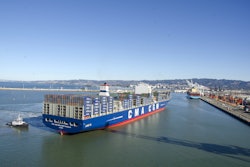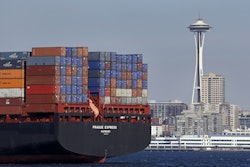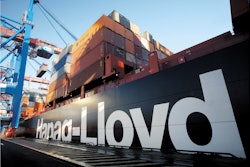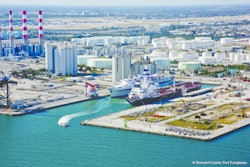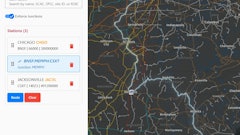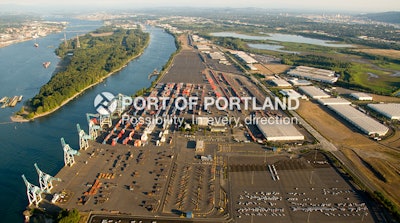
As the scale of global trade gets bigger, many small and midsize U.S. ports, such as the Port of Portland, face the prospect of falling off the map entirely, according to The Wall Street Journal.
Barges loaded with Idaho-grown peas and lentils until this spring regularly chugged downriver to Portland’s port, the first leg in a journey that would end in supermarkets and restaurants across Asia and Europe.
But now Idaho’s farmers—along with Oregon’s grass seed growers as well as manufacturers and other exporters across the Pacific Northwest—need a new route to the global market.
The last major container shipping line ended its Portland run in March, leaving the city without regular ocean-bound container service for the first time in four decades. Exporters who relied on the port say their transportation costs soared overnight.
Fearing a similar slide into irrelevance, port operators from Newark, N.J., to Long Beach, Calif., are spending billions of dollars to dredge harbors, raise bridges and build larger terminals to accommodate megaships.
To read more, click HERE.




